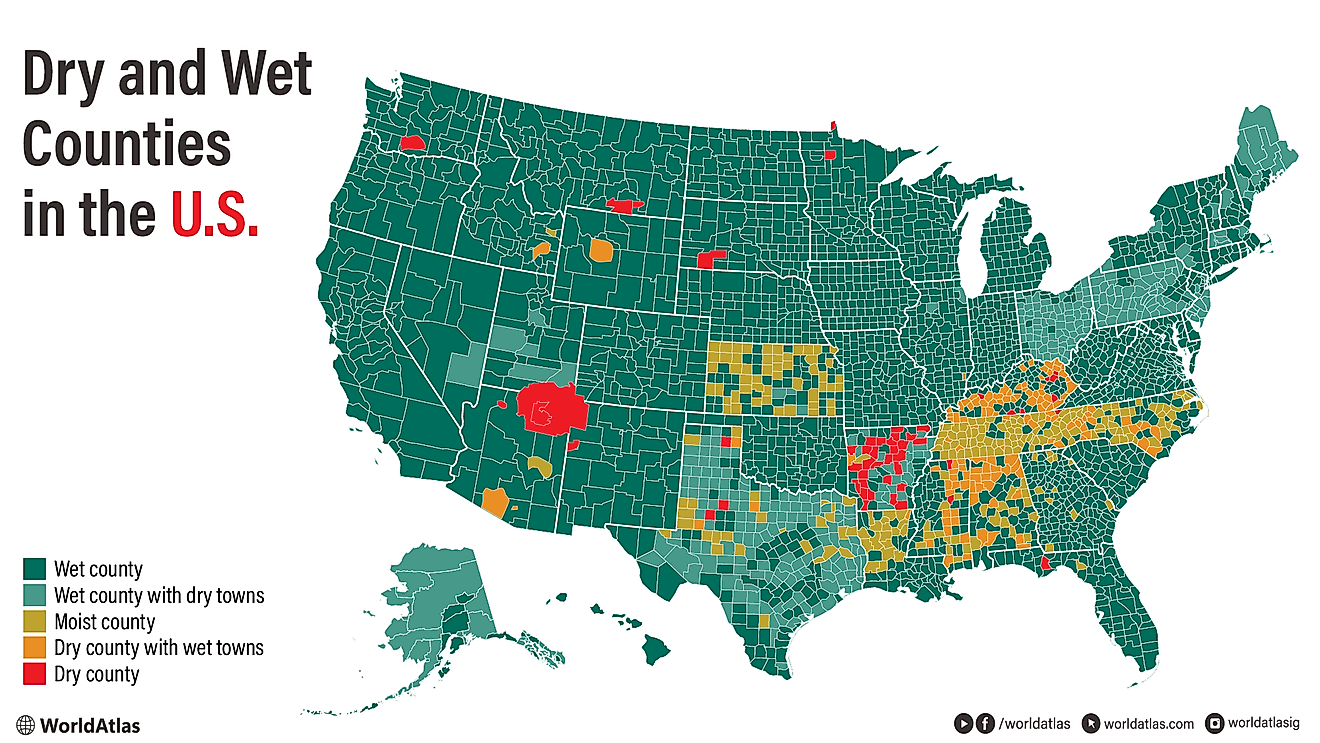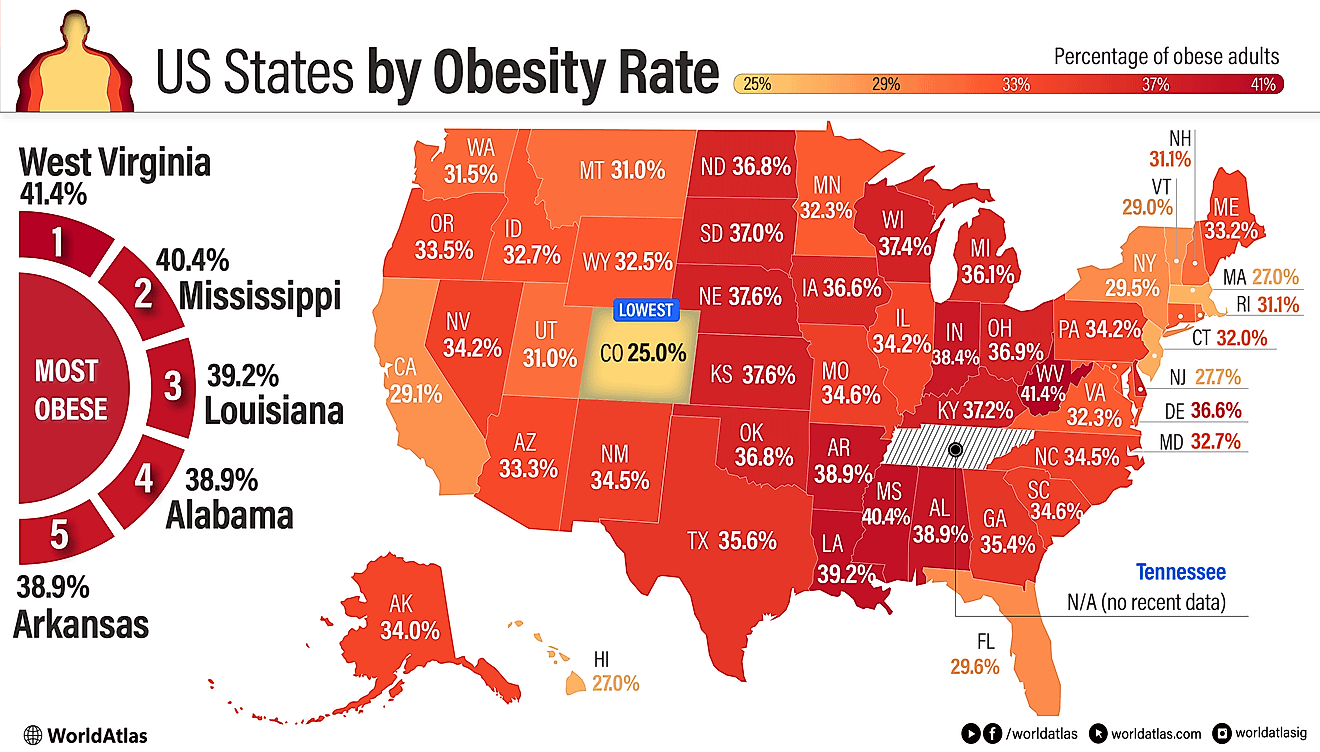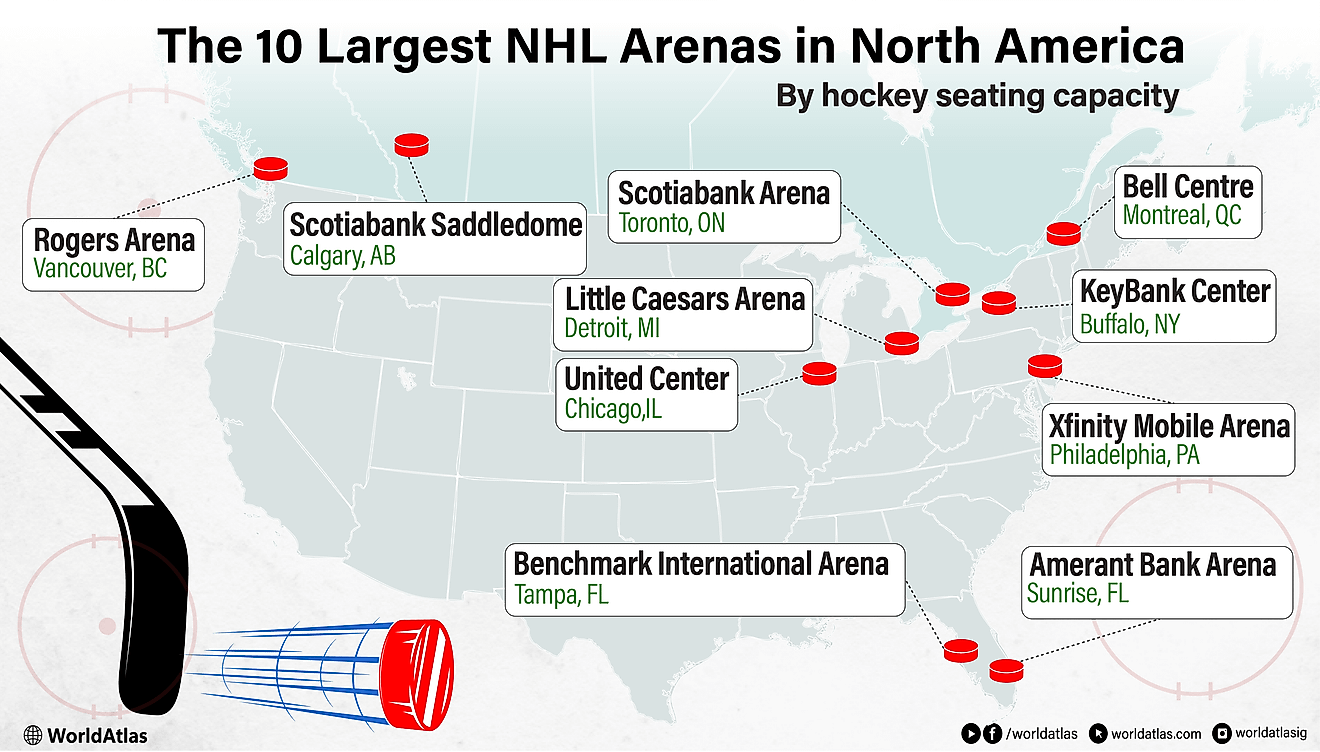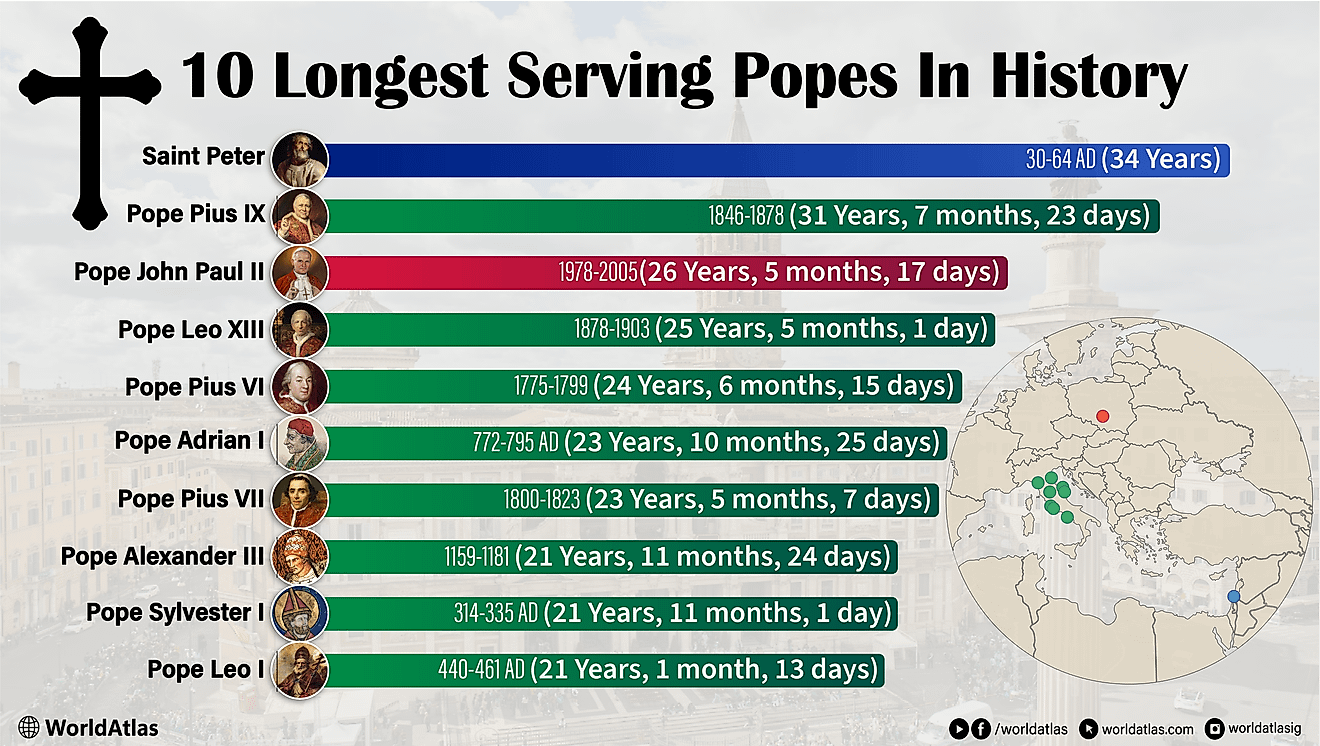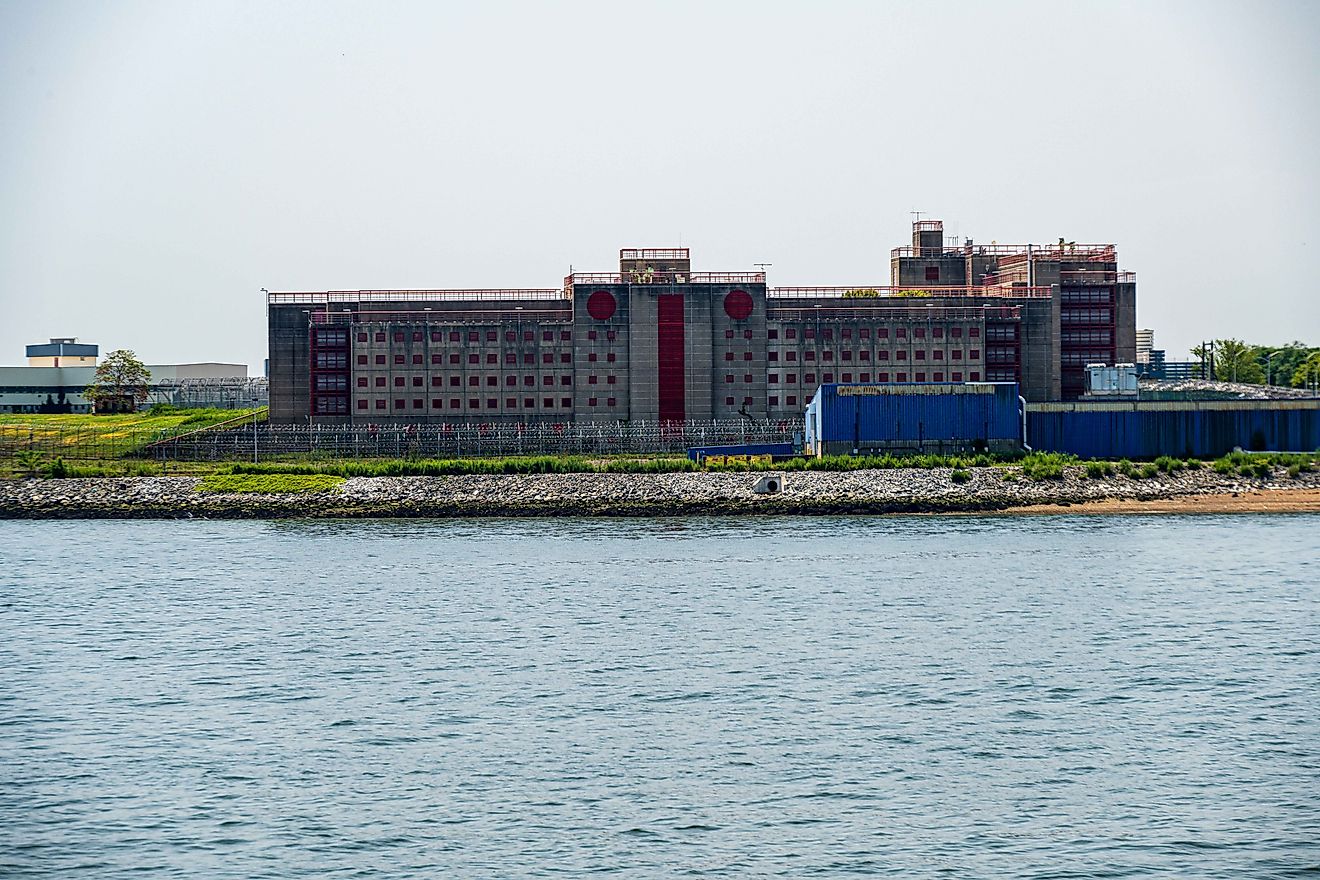Rugby Union vs Rugby League
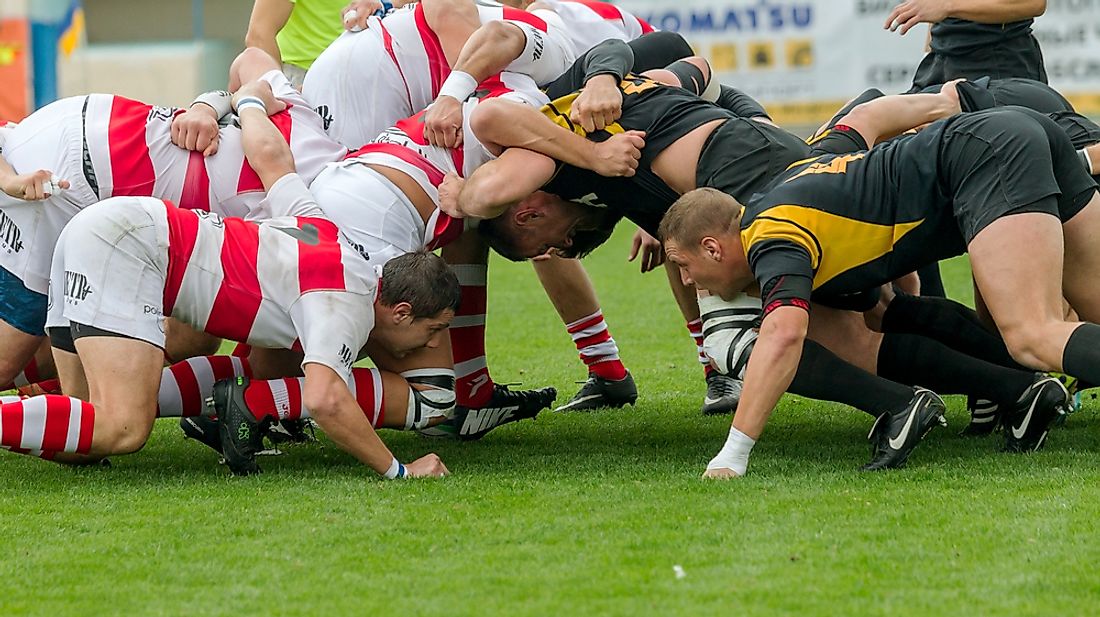
Rugby is a contact game that was first played in England inside the Rugby school. The sport is played in three styles whereby the opposing teams can take the ball forward by either running with it, kicking, or through set piece. The ball can be thrown from player A to player B side by side or through a back pass. Initially, there was only one form of rugby. However, in 1895, rugby was split with the initial difference being the administration. However, with time, each of the sports has developed its own rules and regulations to make the game more competitive.
Similarities
The two types of rugby use an ovoid ball with both games scheduled to take 80 minutes. The winner shall be the team with the highest numbers of tries, conversions, drop goals, and goals as a result of a penalty kick. For a goal to be scored, a player should kick the ball over the two goal posts. For the player to win a try, he must have crossed the opponent’s goal line and placed the ball on the ground. The team that has scored is given an extra opportunity to score two more points by kicking the ball. When the game is in session, only the player with the ball can be tackled or stopped from progressing while all the other players are free to run in any direction. The game begins when the ball is passed from one player to another. In both, a referee can use video technology.
Differences
Possession
In the Rugby Union, each side consists of 15 players and 7 substitutes, while in the Rugby League each side has 13 players and 10 substitutes. This means that League is more physically involving since more players are to cover the whole field. The League has amended some of the rules on ball possession. This means that when the ball is being held, the Union rules allow for the contest through lineout while in the League the play is commenced again. In the League, therefore, the game is seldom stopped making the ball game be in action for over 50 minutes out of the 80 minutes.
Tackling
A player in possession of the ball with both hands can be tripped to ground using the leg only in League Rugby. A tackle is judged as complete when the elbow of the player with the ball reaches the floor of the field or the player is in an upright position.
In Rugby Union, a tackle is counted only when the player with the ball is pinned to the ground. Such a player must pass on the ball, bringing the game to a temporary halt. In League, the game is not affected even after a player is pinned to the ground in a tackle. The tackled player has an option of instantly surrendering the ball, making the tackler roll away.
Scoring
In Rugby Union, a score is worth 5 points and a drop goal is 3 points, whereas the League will award 4 points for a score but one point for a drop goal. In the Union, a penalty goal is 3 points whereas in the League it is 2 points.
The Playing Field
The pitch of the Rugby League measures between 112 and 122 meters long by 68 meters wide. In Rugby Union, the pitch measures 144 by 70 meters long and wide respectively.
